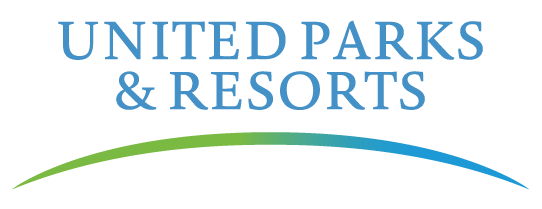How a Third Grade Teacher’s Trip to SeaWorld Became a Life-Changing Lesson on Conservation
May 7, 2019
For teachers, inspiration can hit when you least expect it. And for me it happened during last summer’s family trip to SeaWorld Orlando.
During our lunch break, I made a simple request for straws and lids for the drinks I’d purchased and was told SeaWorld no longer provided them automatically. At first, my family and I were frustrated seeing it as a complete inconvenience, until a team member explained why they weren’t readily available: SeaWorld has eliminated single-use plastic drinking straws, plastic coffee stirrers and single-use plastic shopping bags from all 12 of their parks to cut down on pollution and help save animals.
At the time, I did not fully understand the impact our waste has on the planet. I thought that since we throw our items away in the trash, animals would not be affected. I’ve since come to learn that nearly eight million metric tons of plastics end up in our oceans each year from landfills. According to the Ocean Conservancy, plastic has been found in more than 60 percent of all seabirds and impacts nearly 700 marine life species.
I was surprised by this discovery and wanted to find a way to turn experience into a learning moment for both my family and my students. I’m a third-grade teacher at a Title One school in Lithonia, Georgia, which is just outside Atlanta. When I began prepping for the upcoming school year, I found that my class would be doing a unit on pollution. I saw it as the perfect opportunity to use my personal experience to teach the students about how our plastic usage affects the planet.
For the assignment, I asked my students to write a speech as if they were the manager at one of the SeaWorld restaurants, explaining to customers how little straws and lids could cause harm to the environment. Each conducted research on plastic’s negative impacts on the ocean and presented their findings in front of the school’s principal.
While this assignment started as an educational project that the students and I loved, it quickly turned into a life-changing lesson for us all. Today, my family and I no longer ask for straws at restaurants and have stopped buying plastic cups. Some of my students now bring reusable bottles to class and our city recently awarded the school with an “Adopt-A-Road” sign for keeping the area around it so clean from pollution and trash.
It already has, but my hope is that this project will continue inspiring my students to become active citizens who are solution-oriented and passionate about taking care of our environment. Who knew a little summer vacation at SeaWorld would inspire us all to make the world a better place for future generations?
